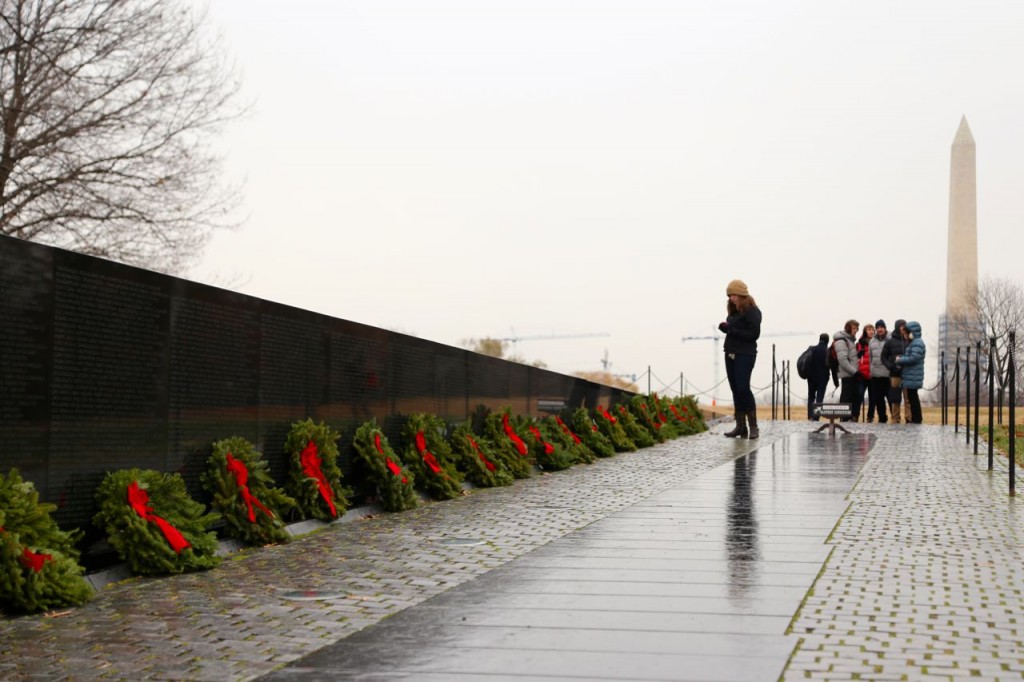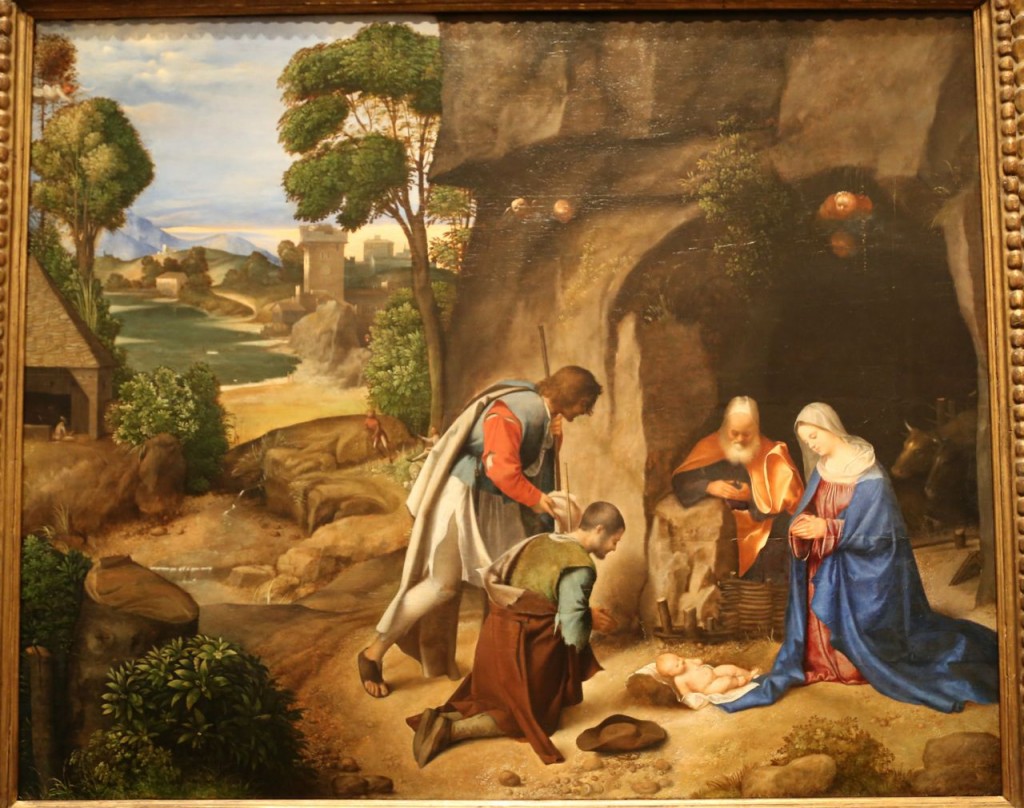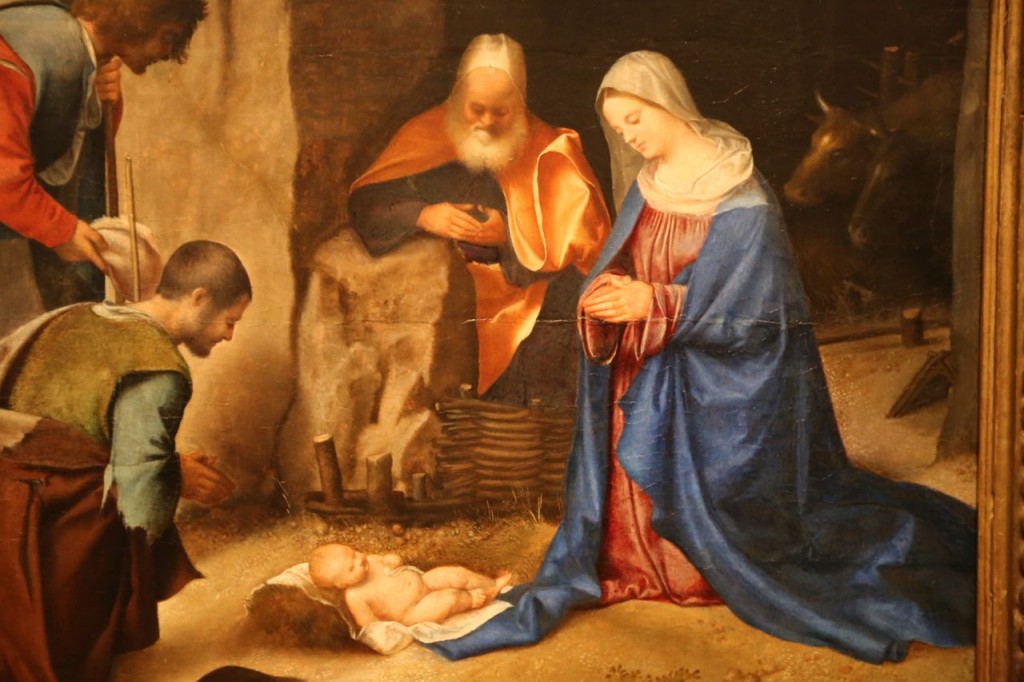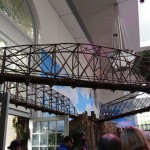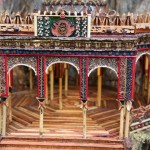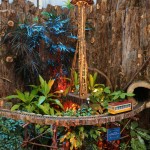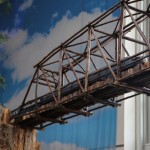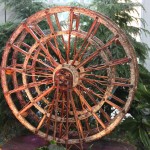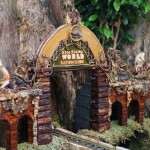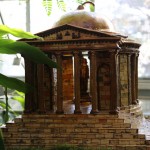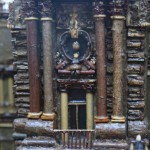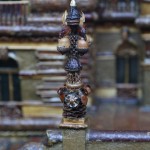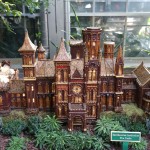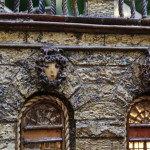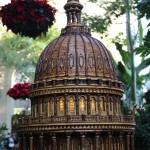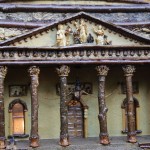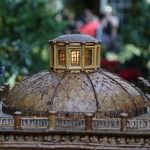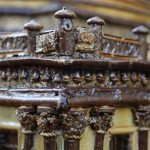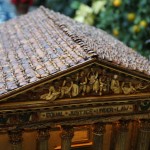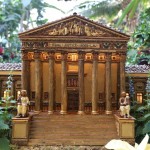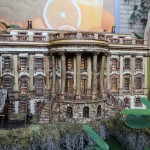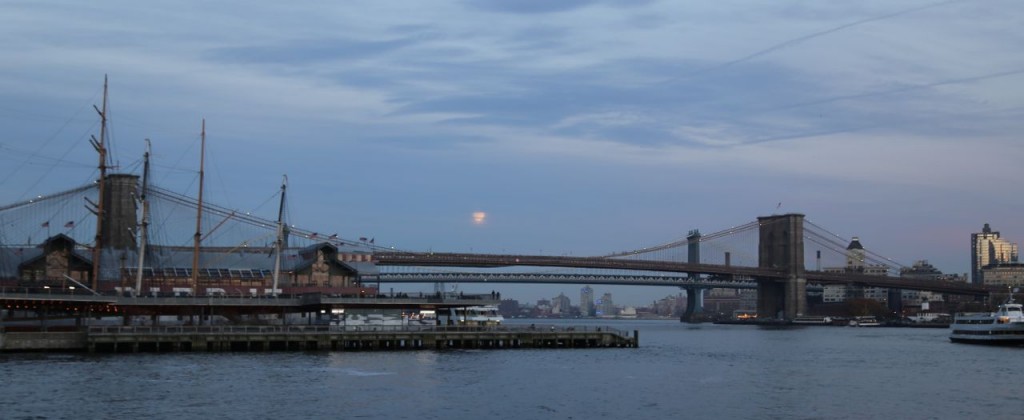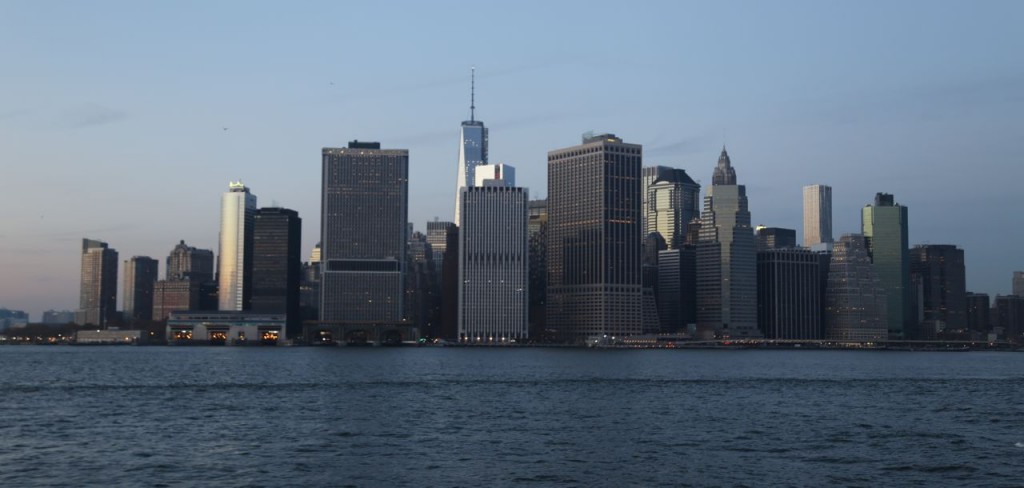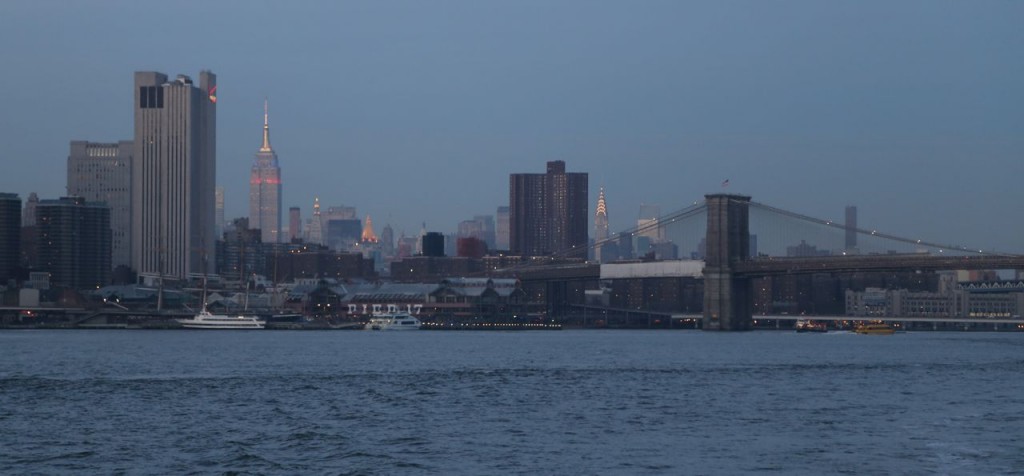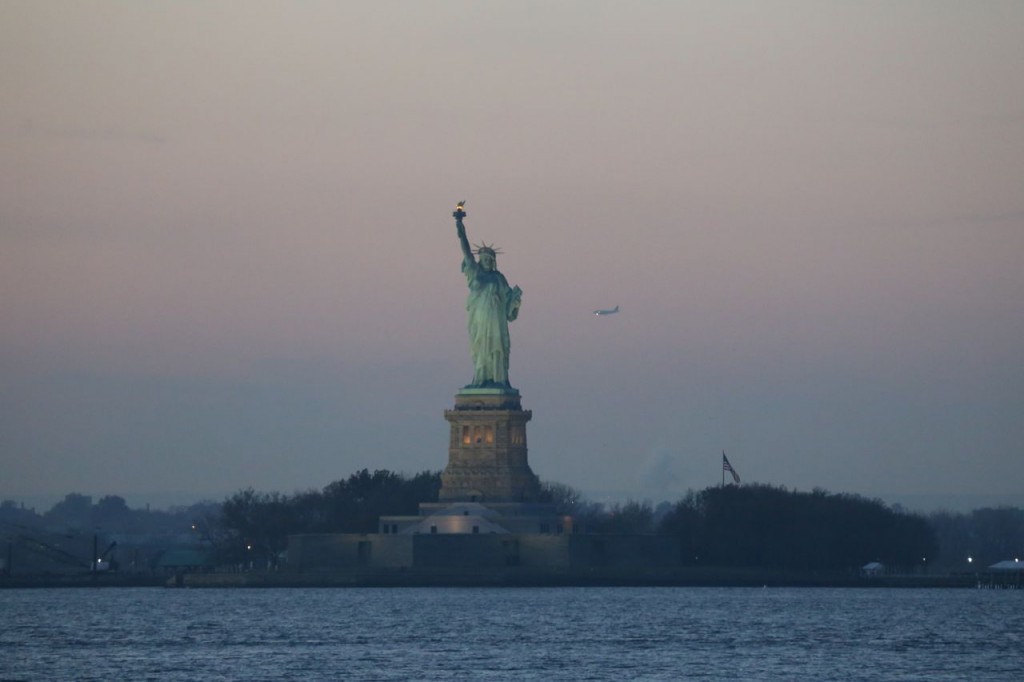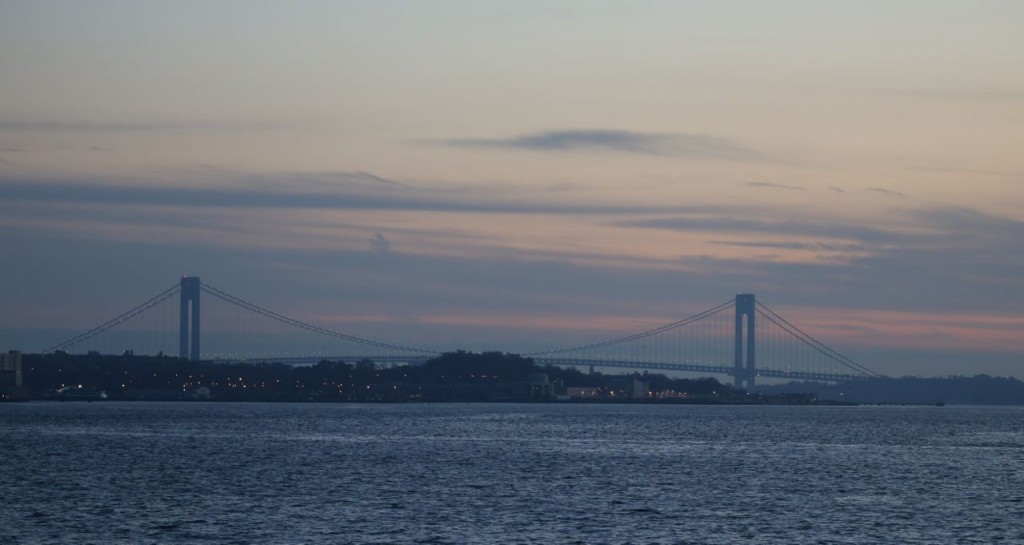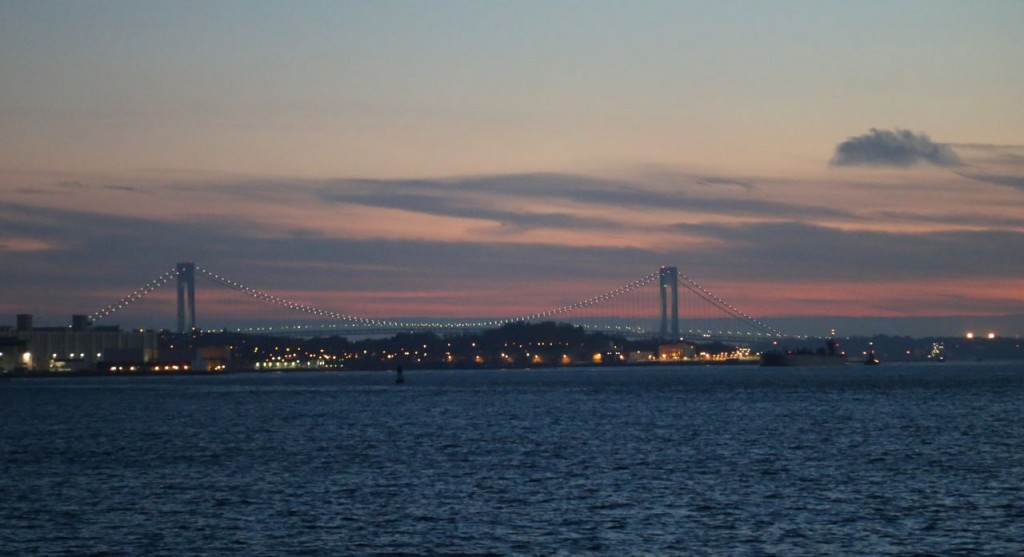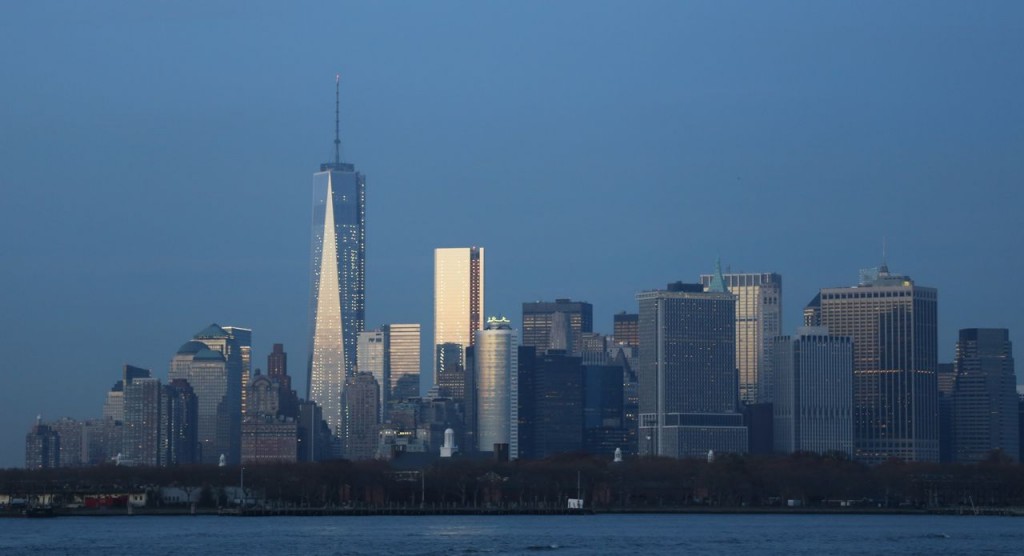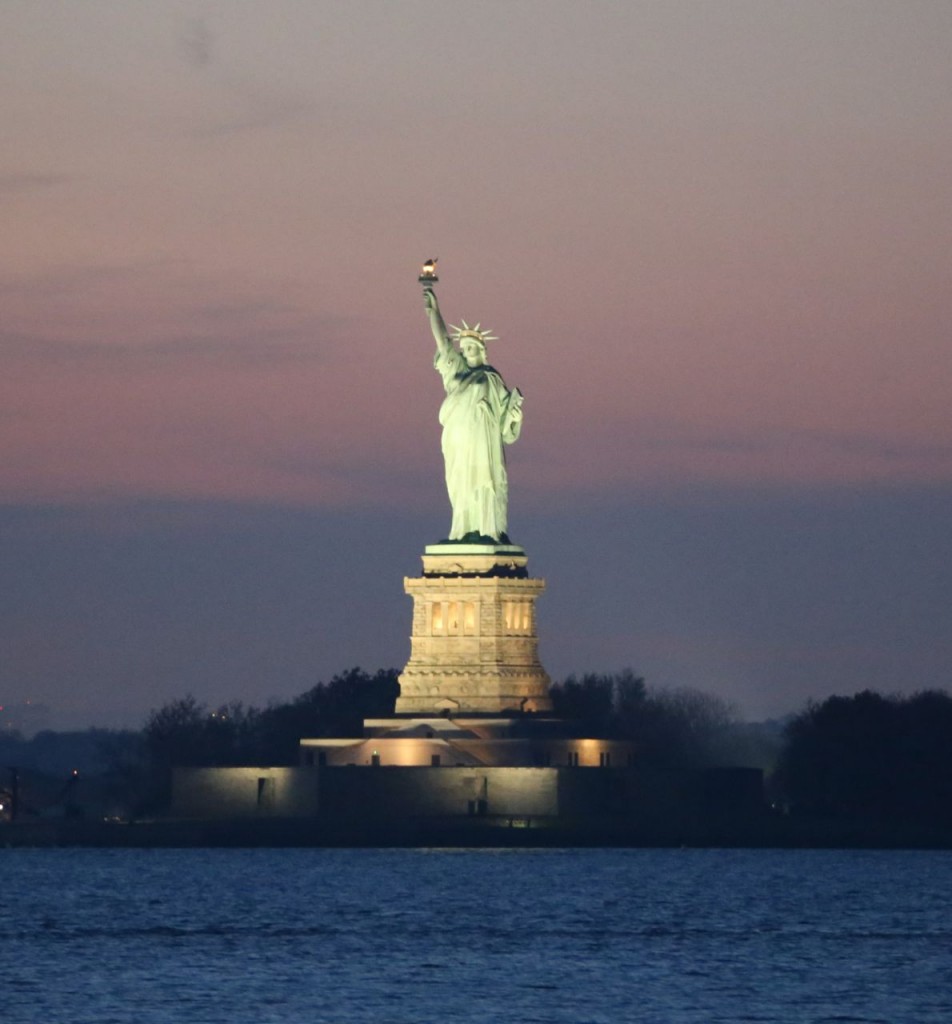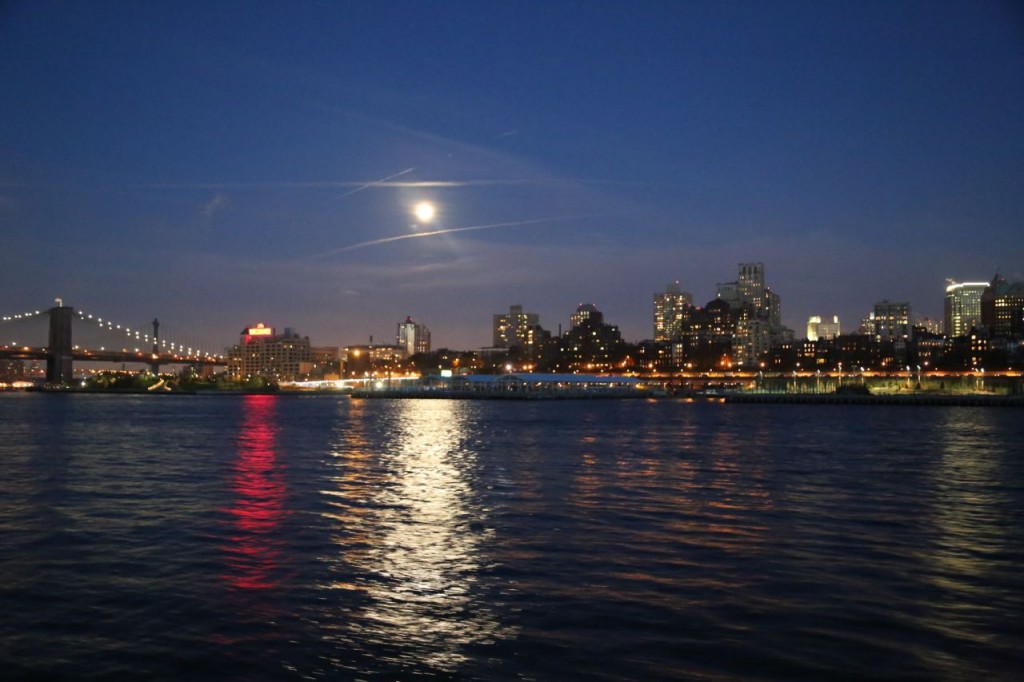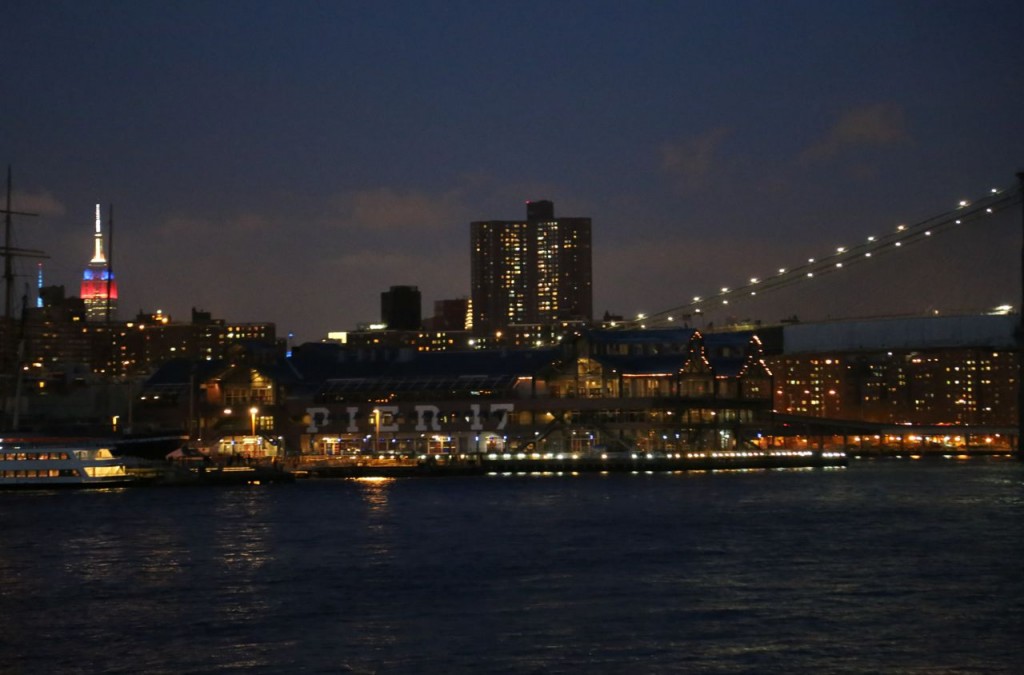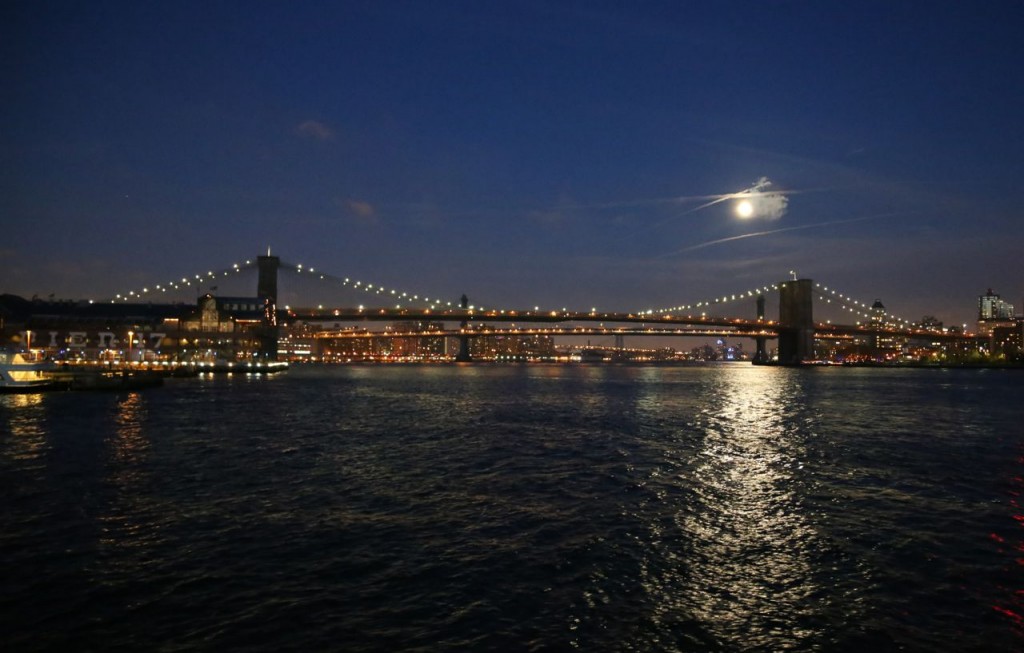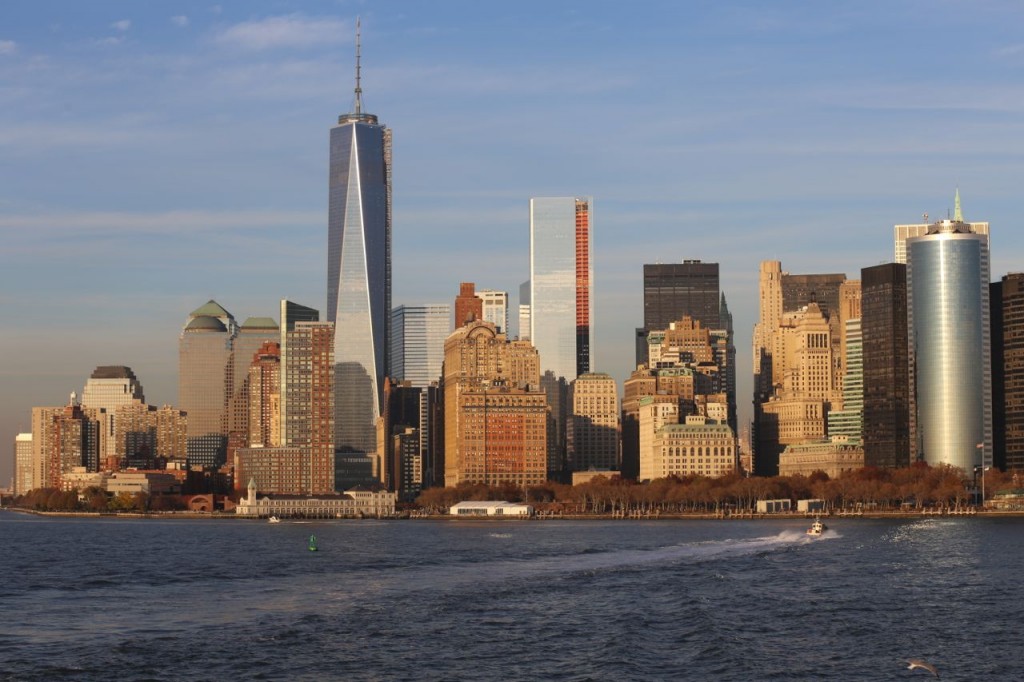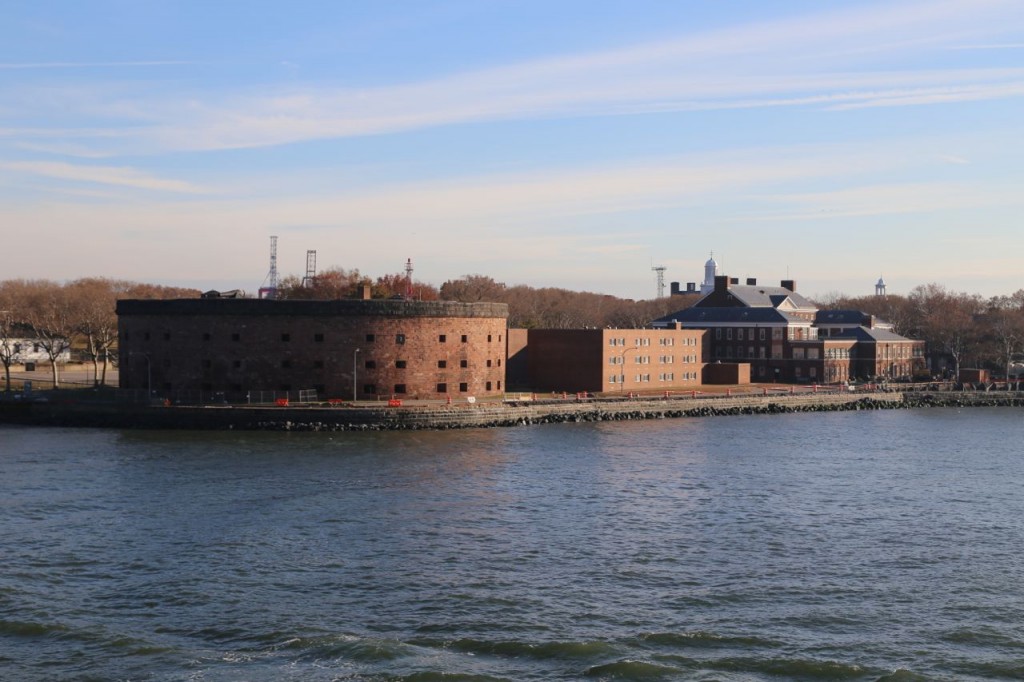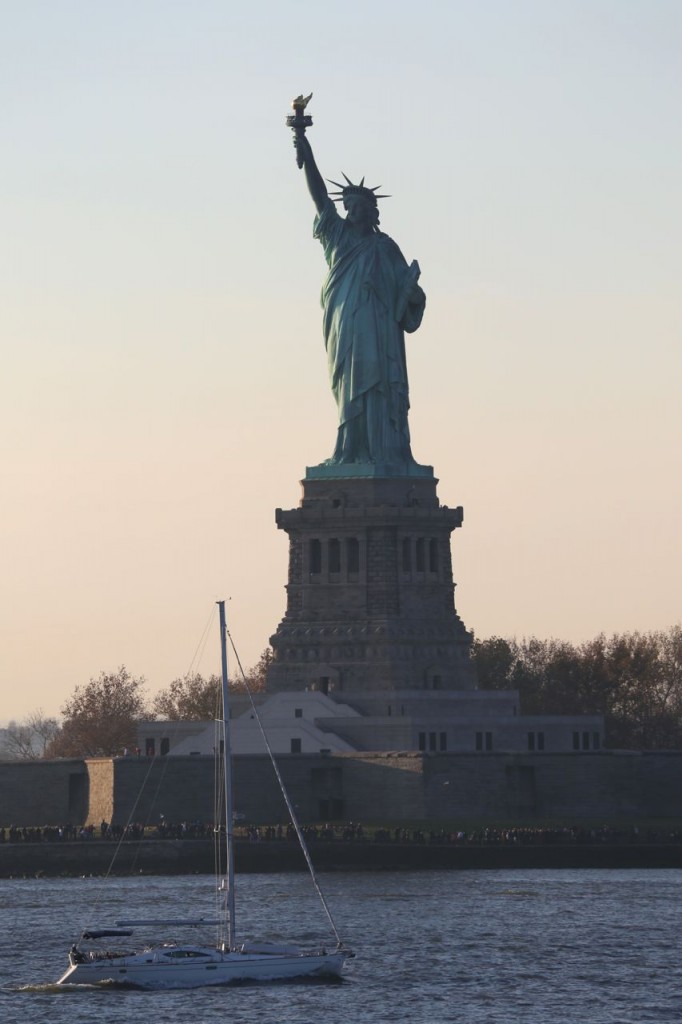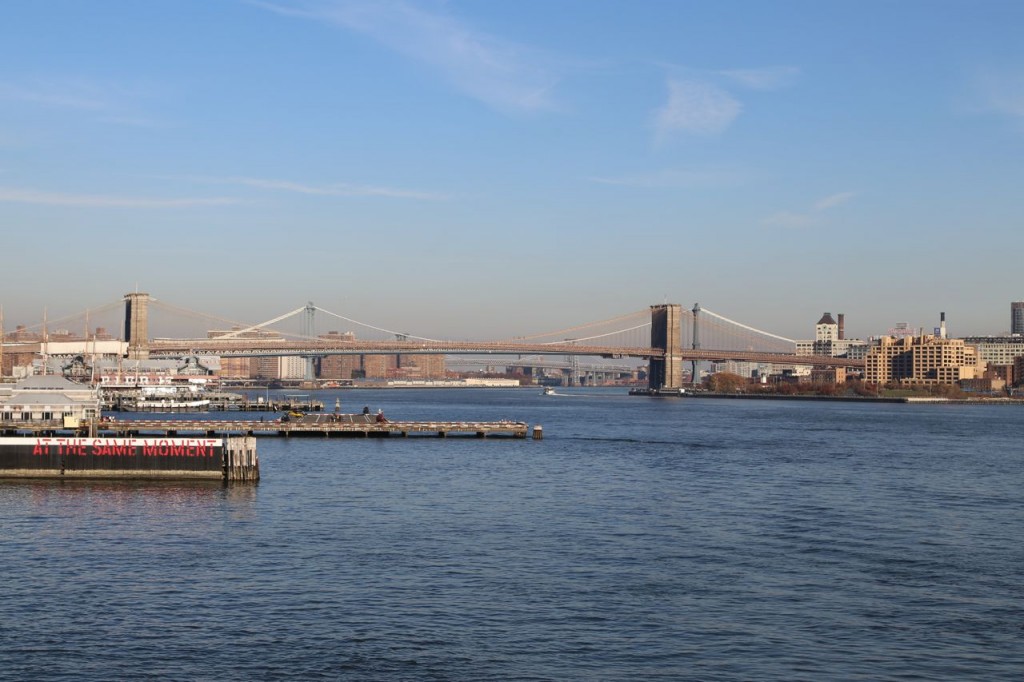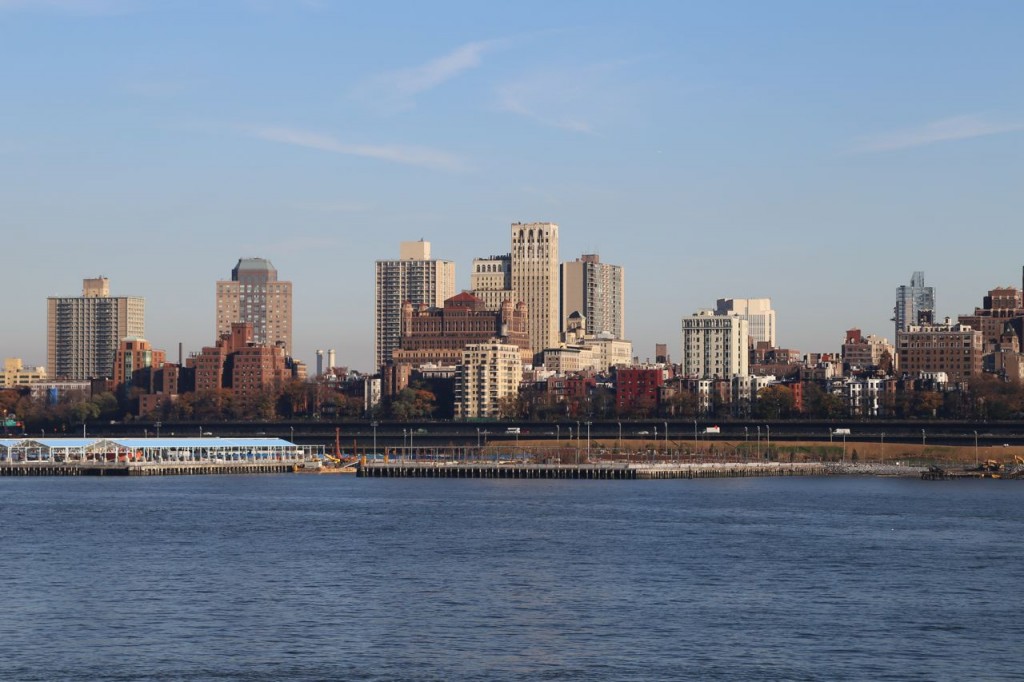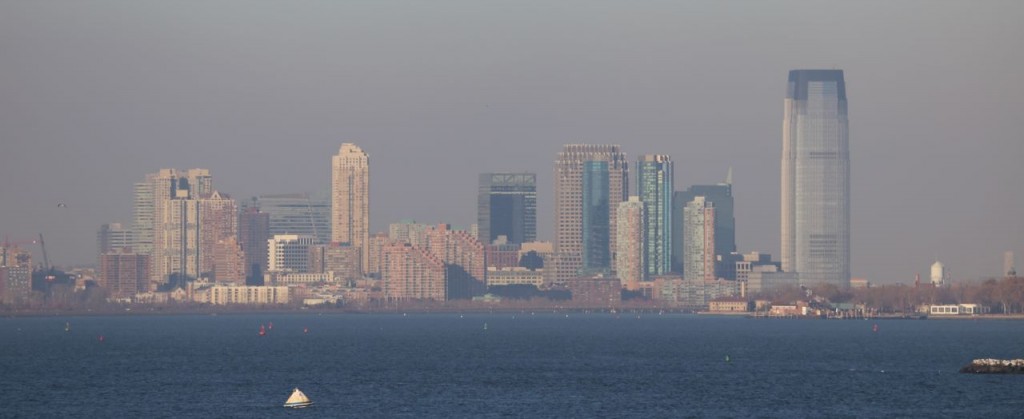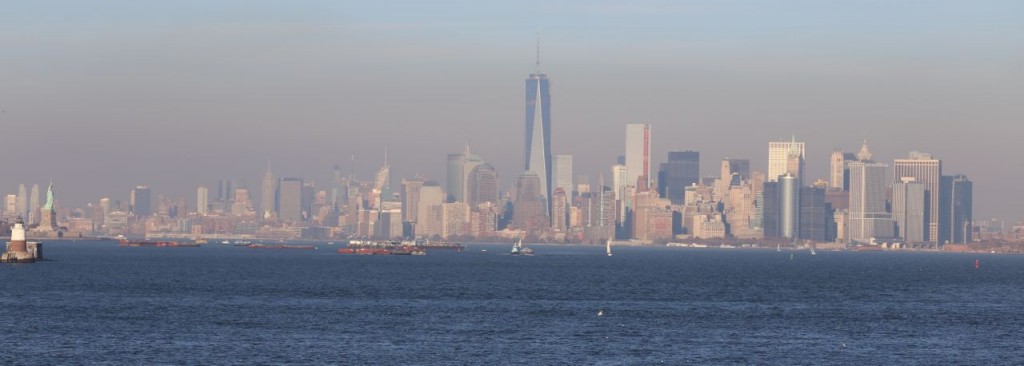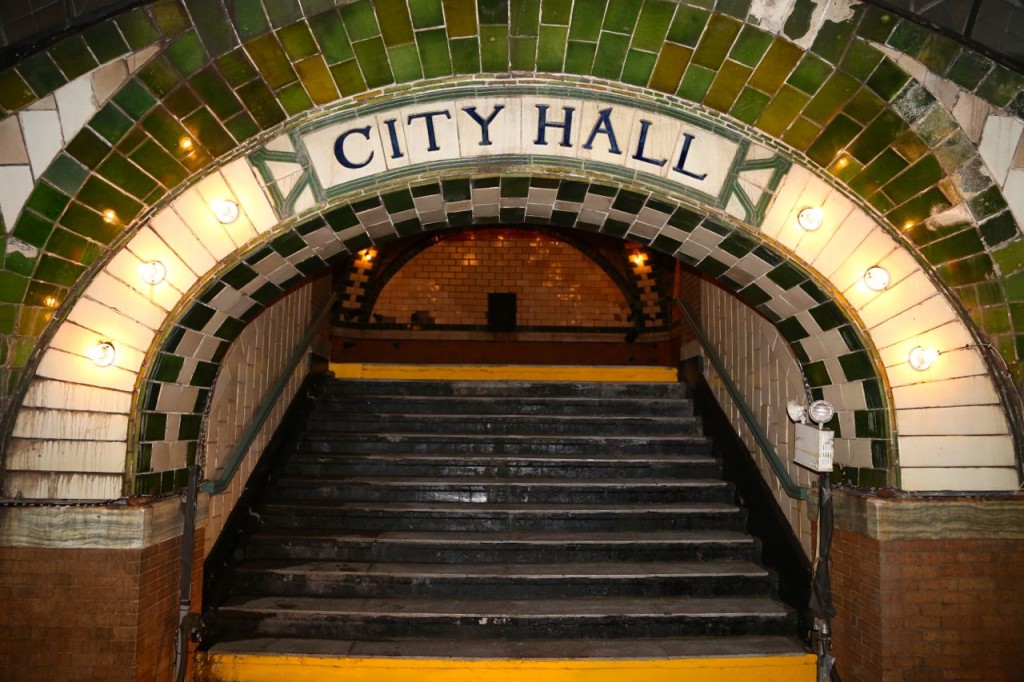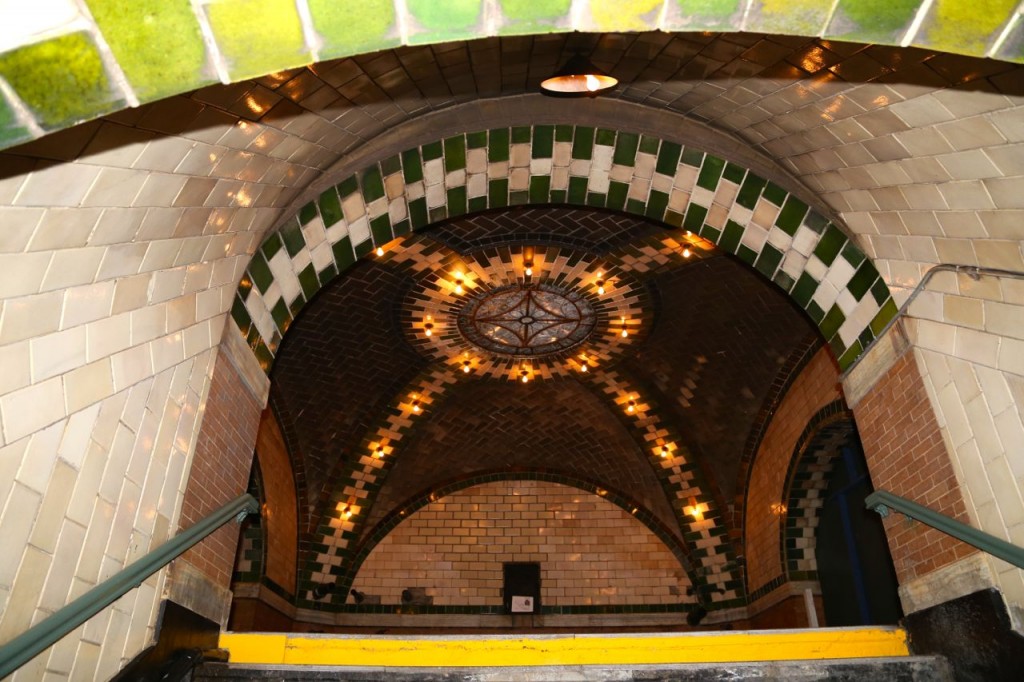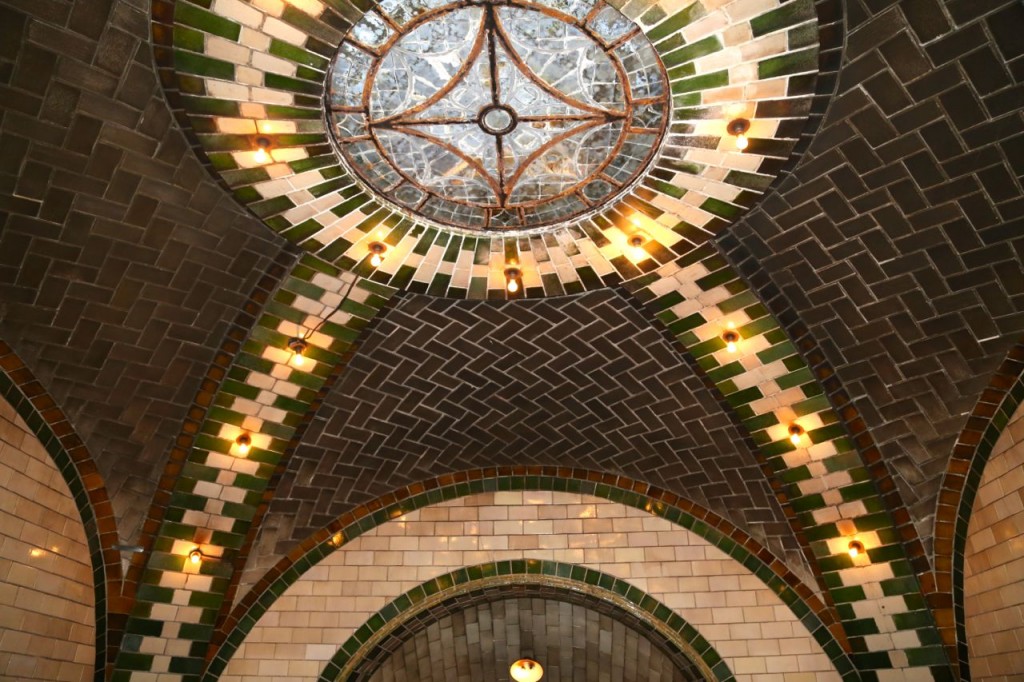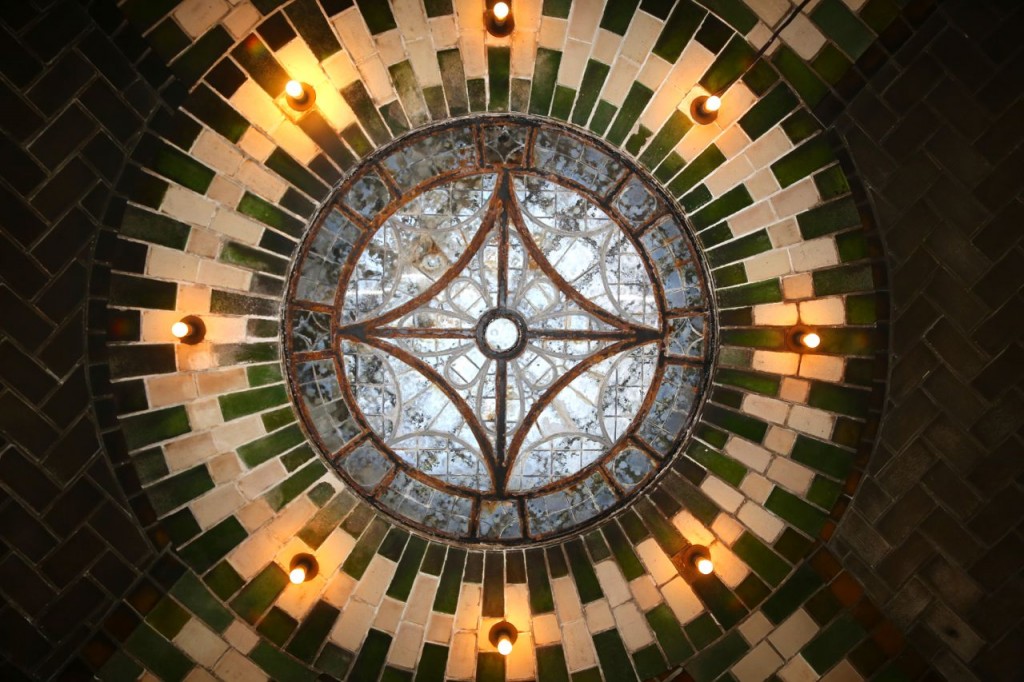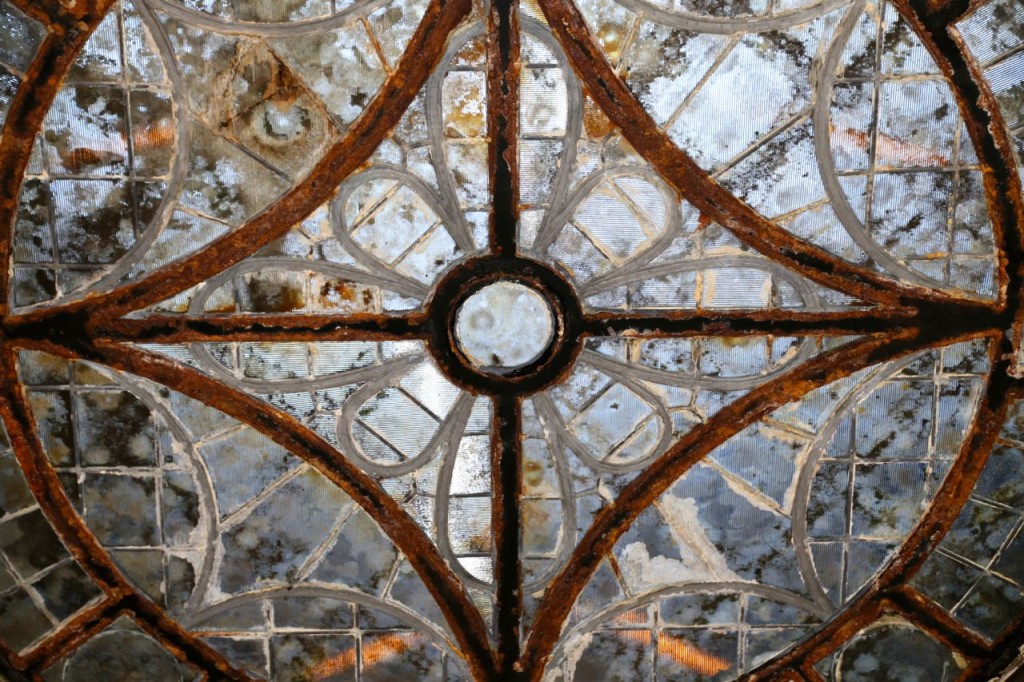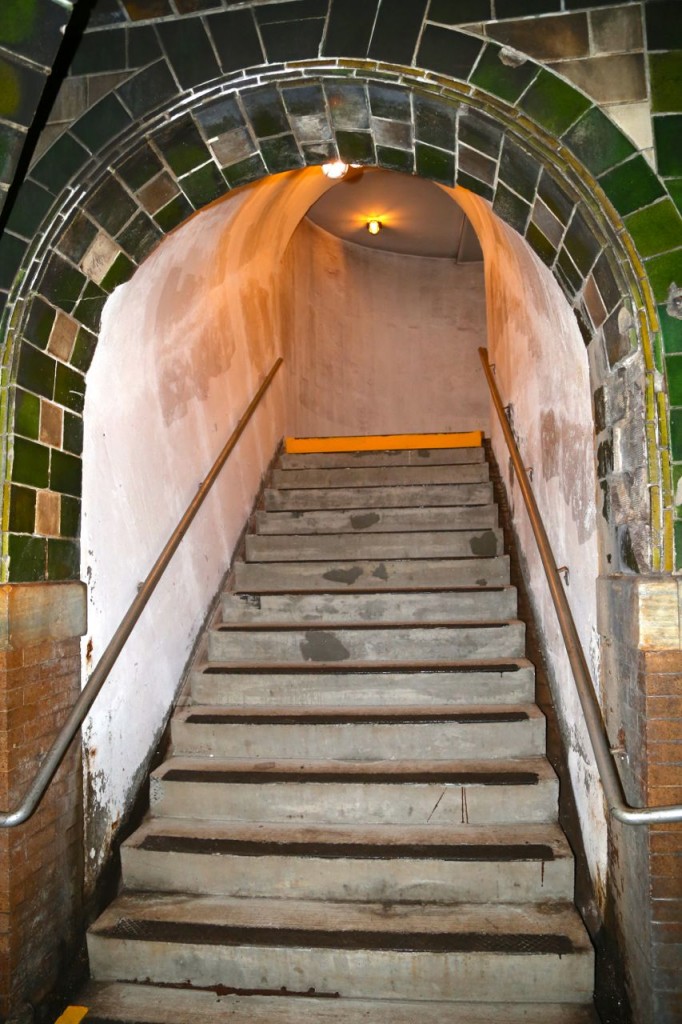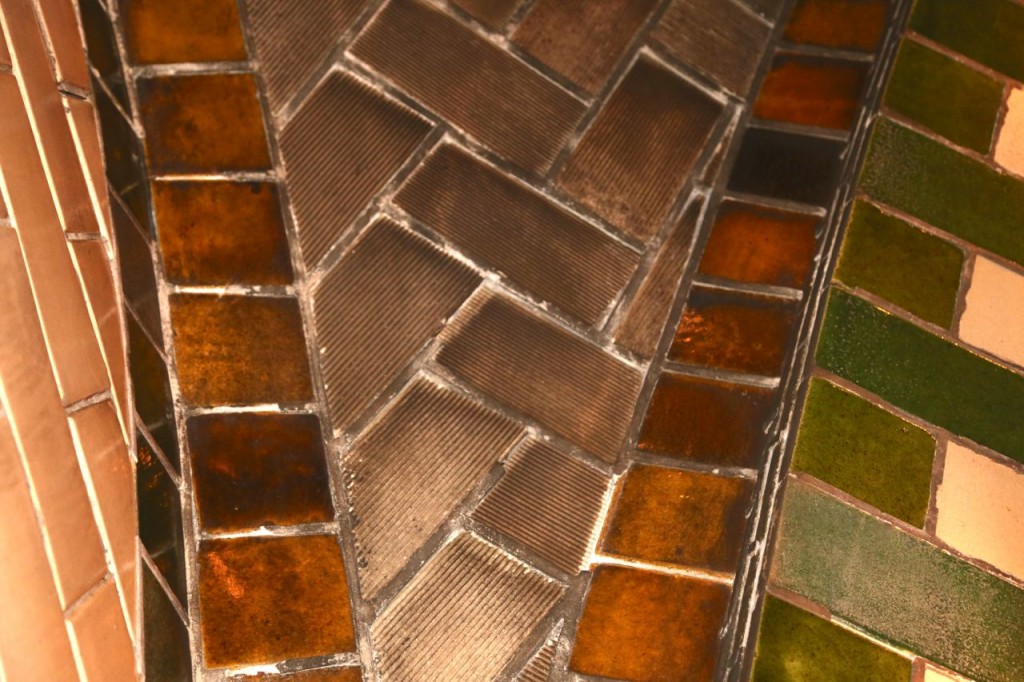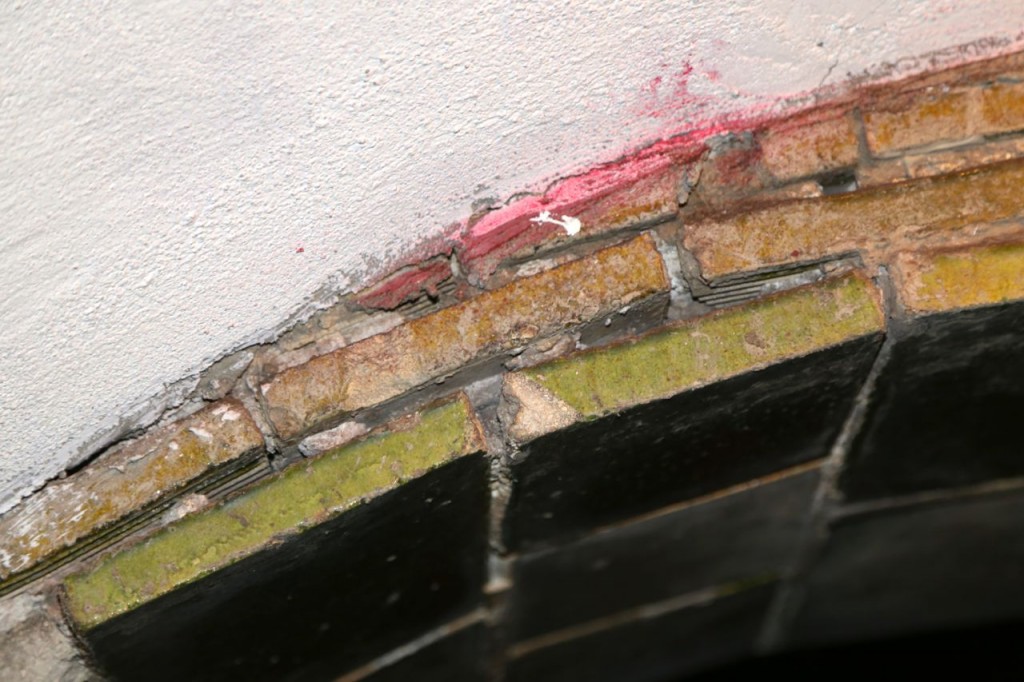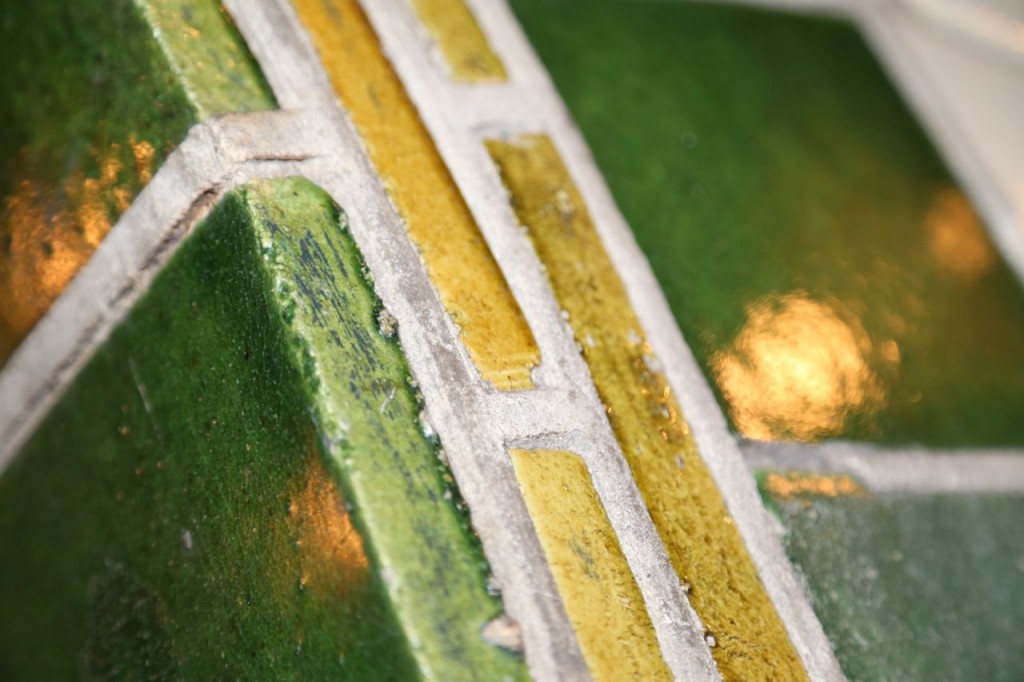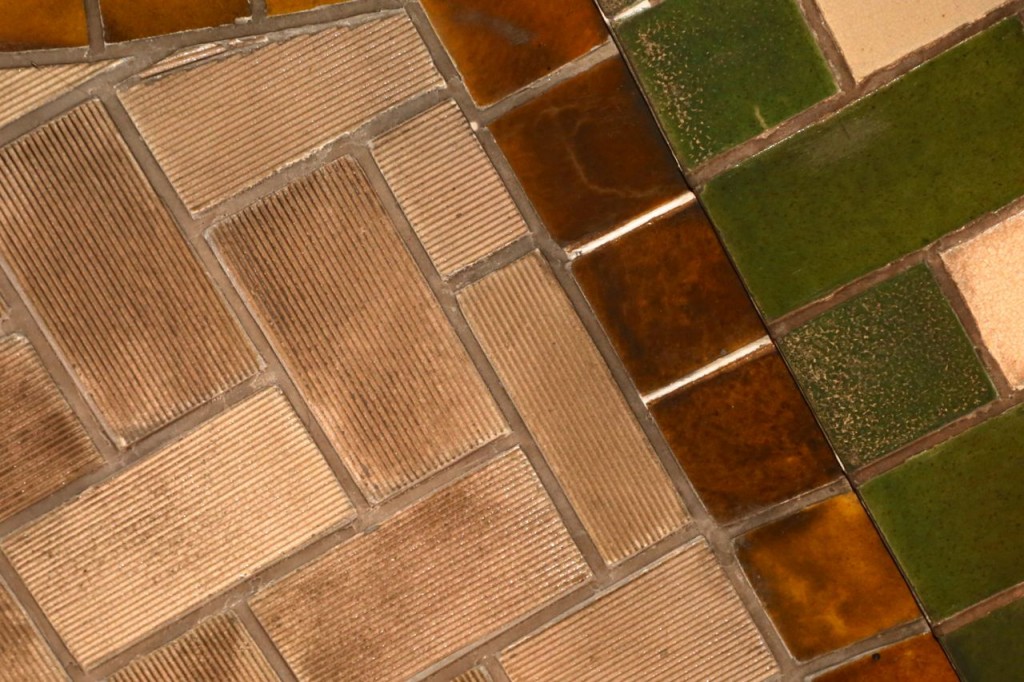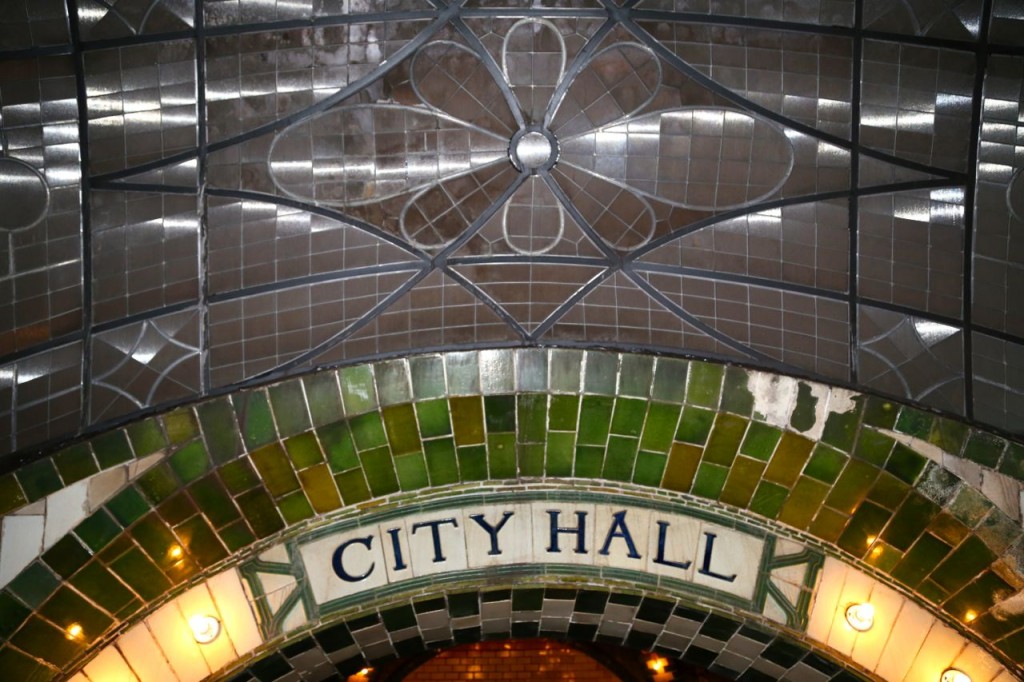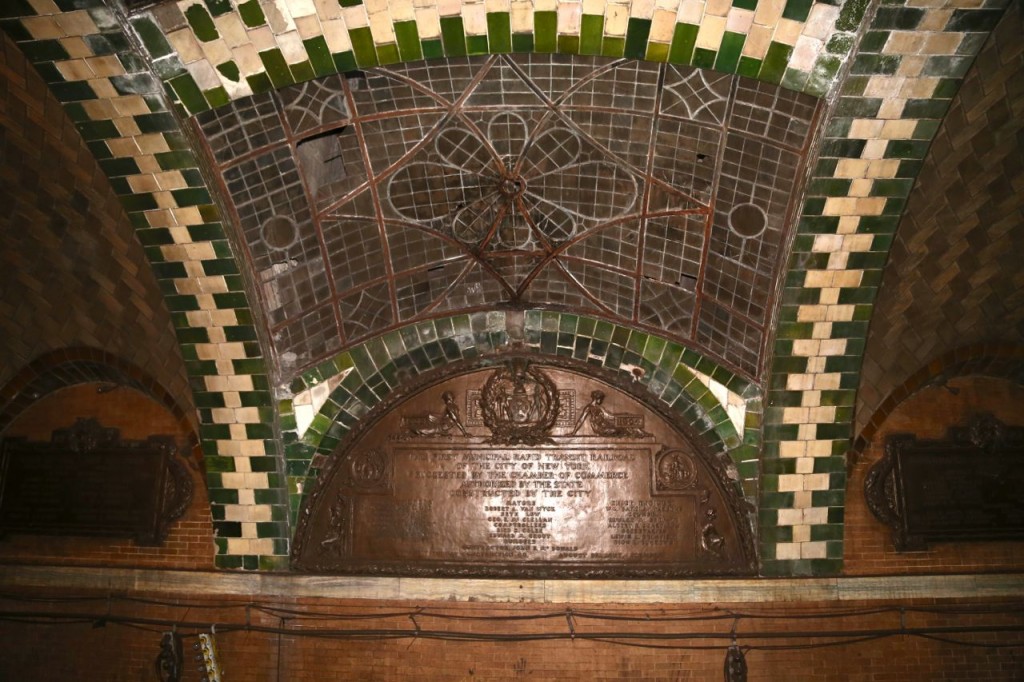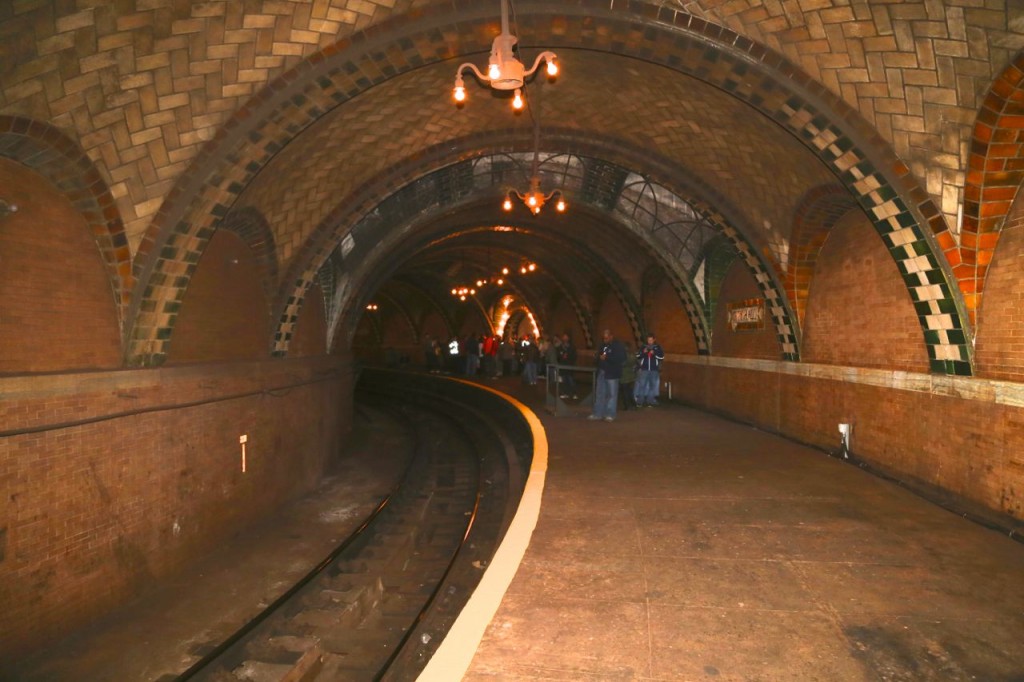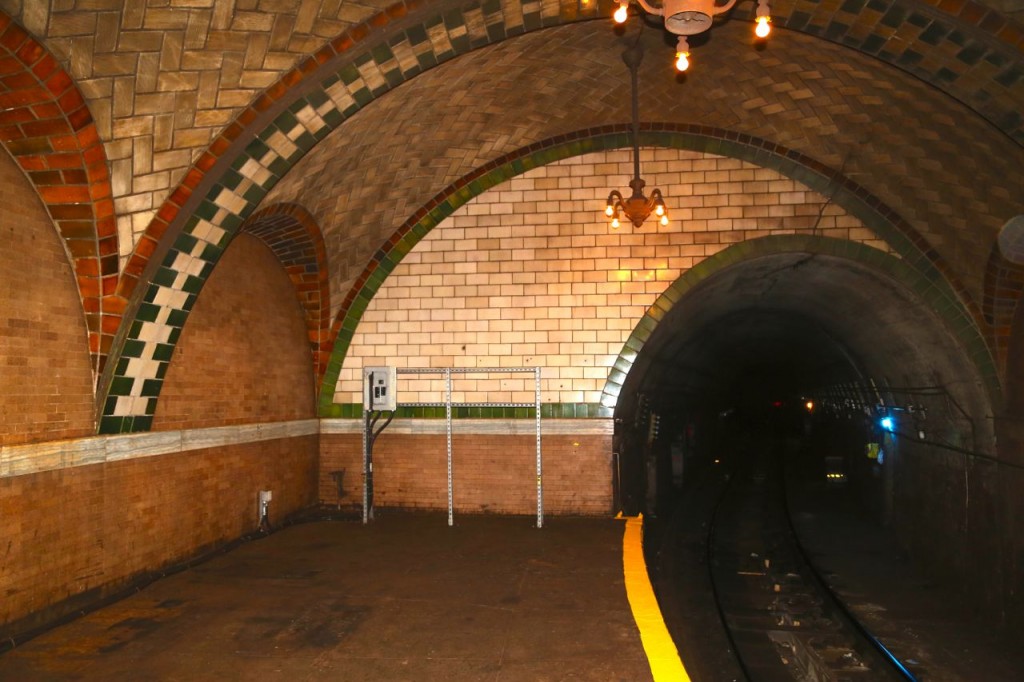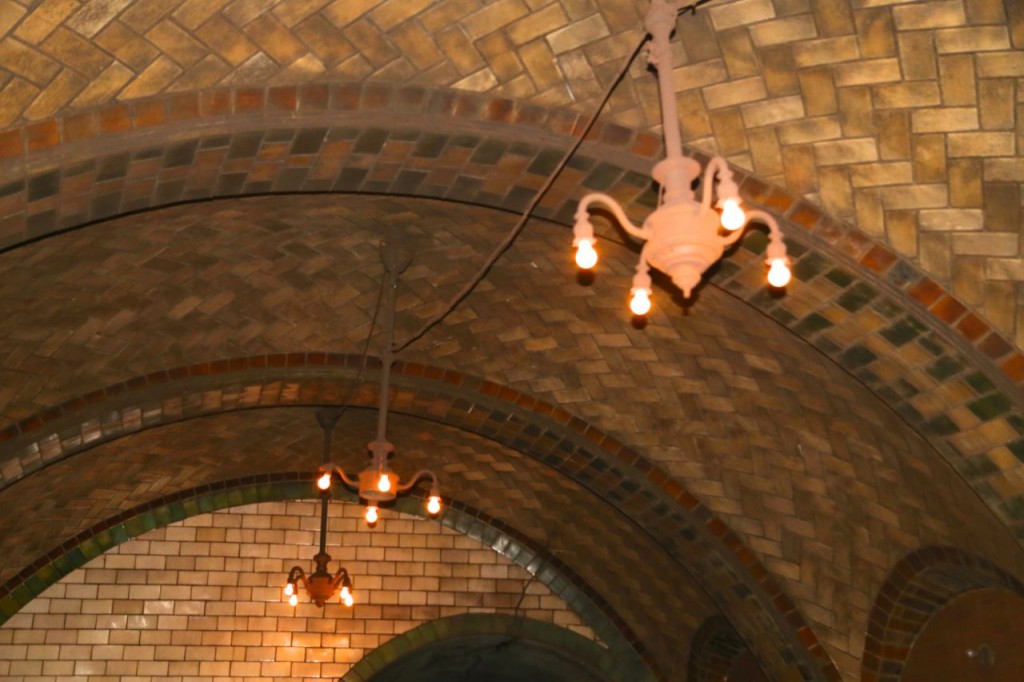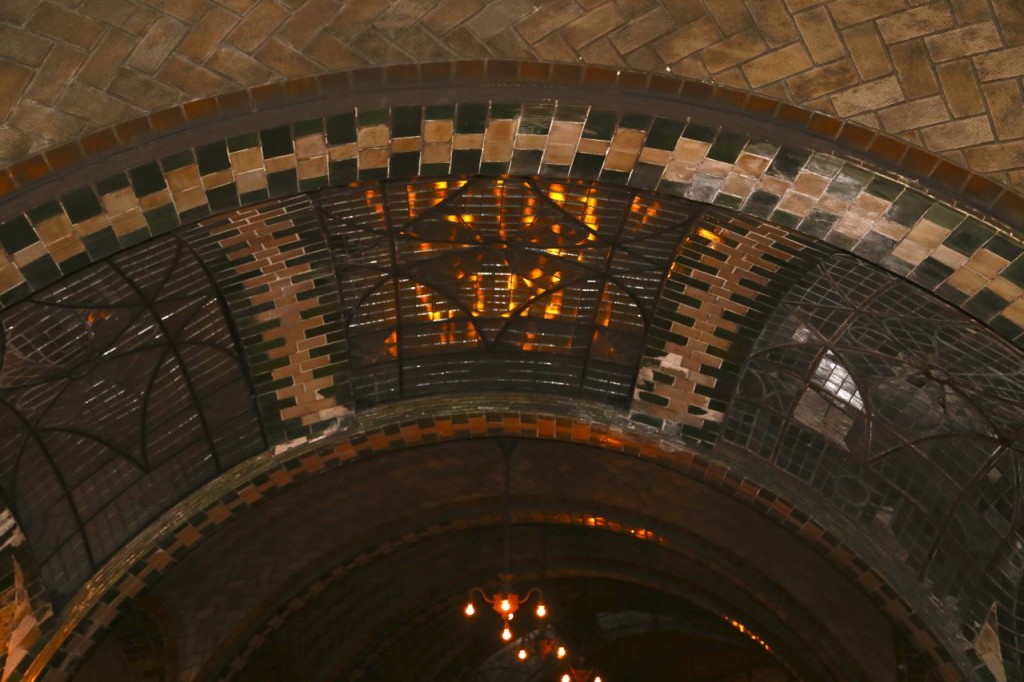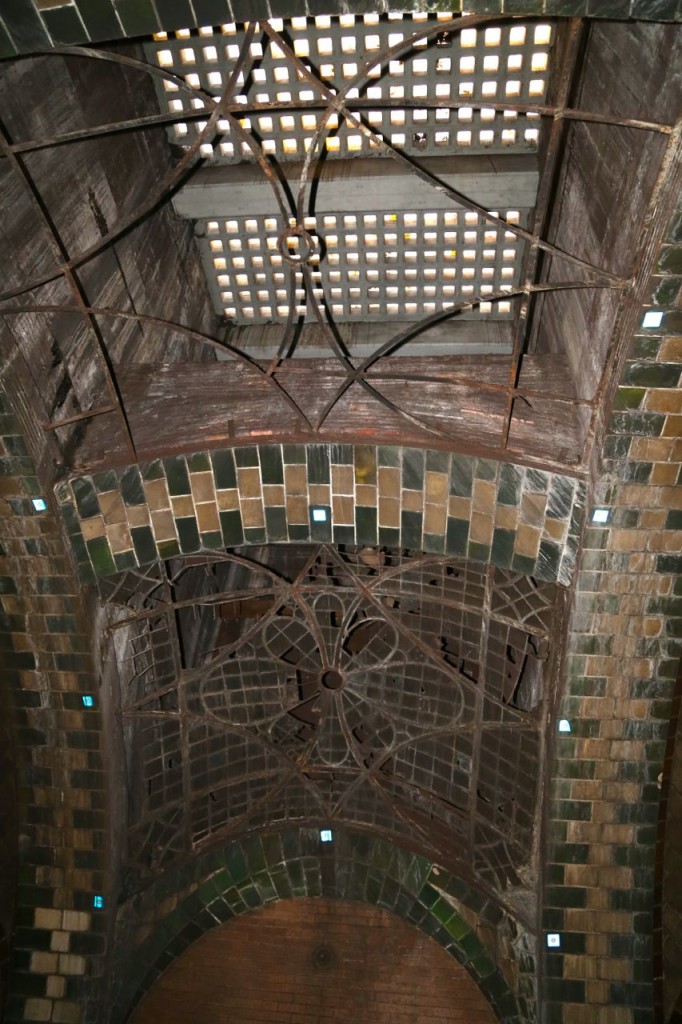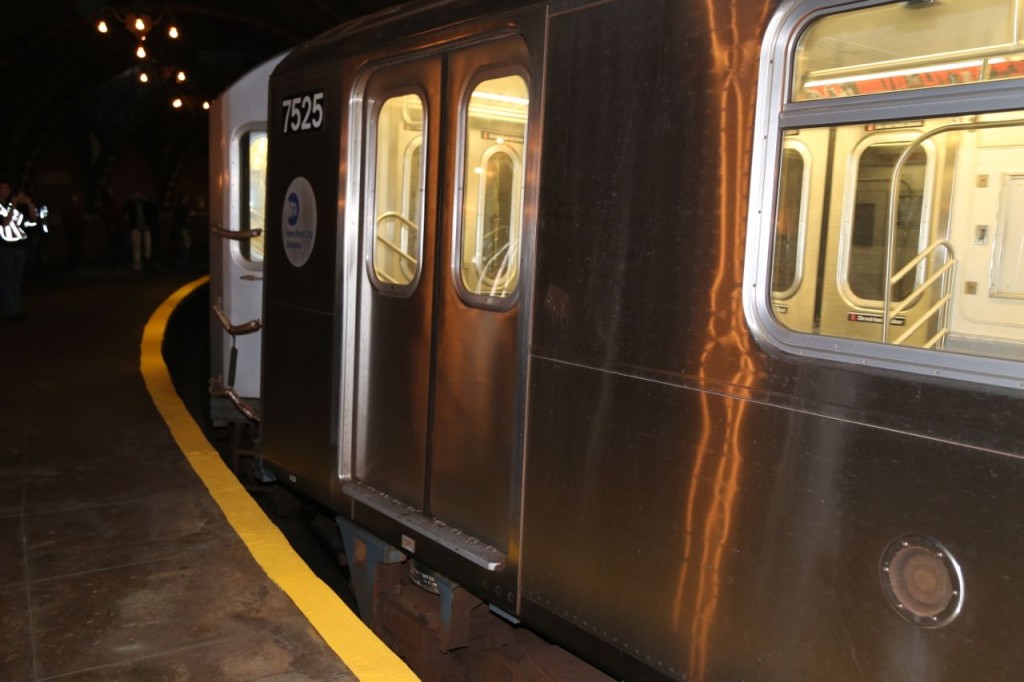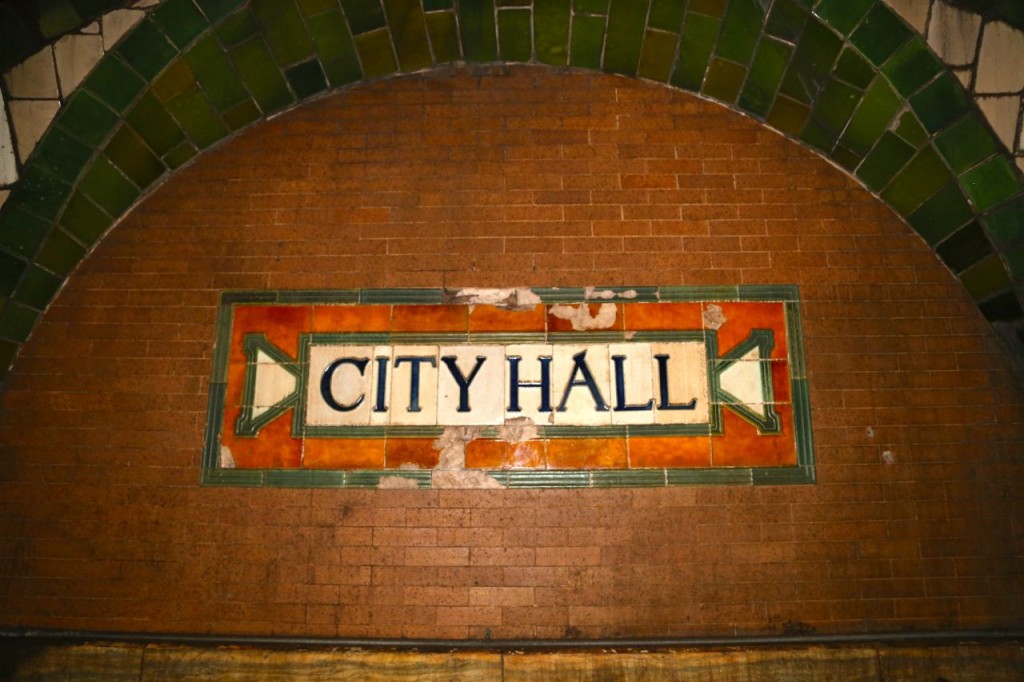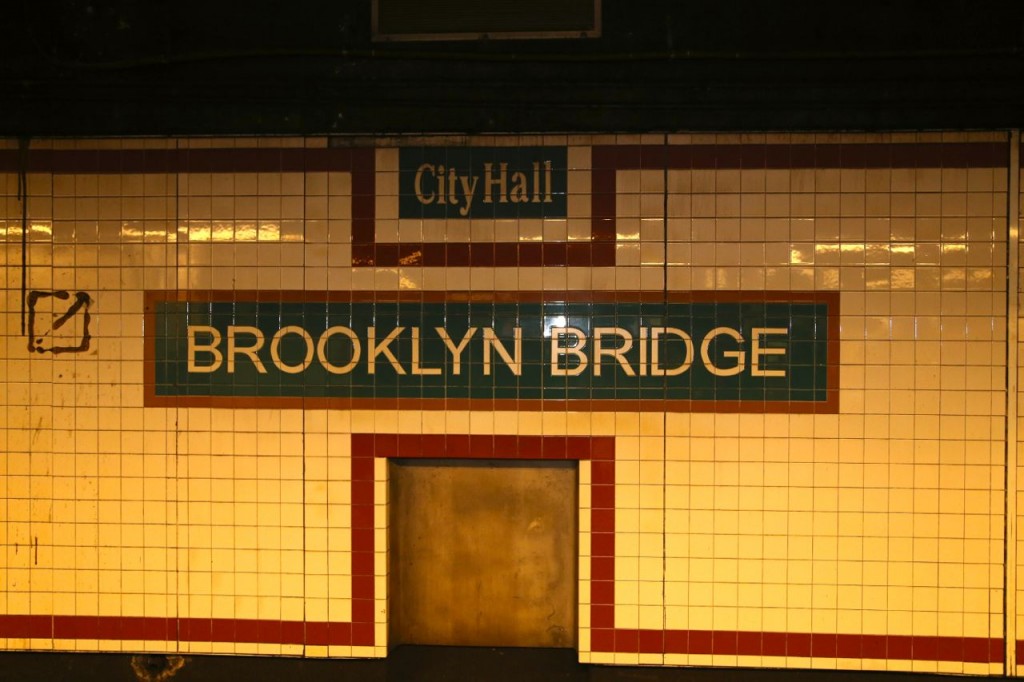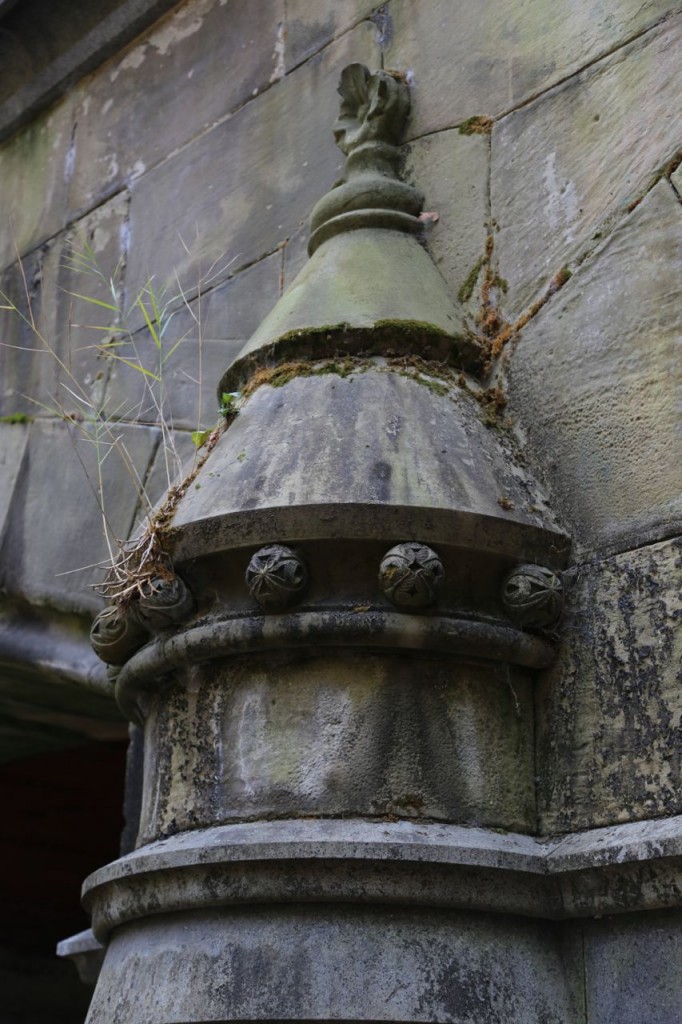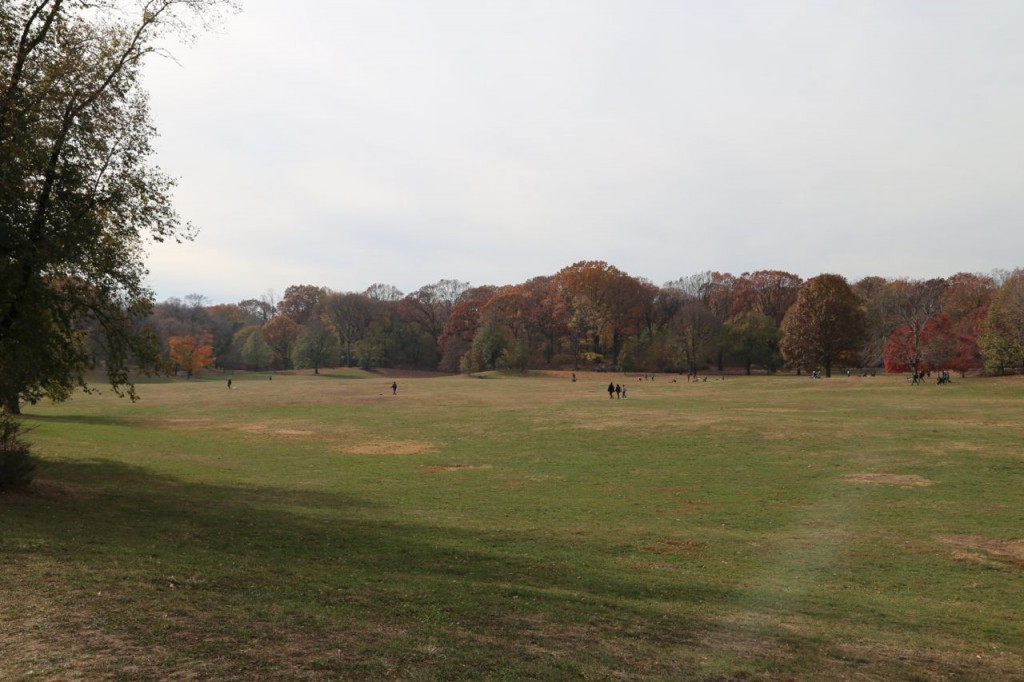There is a series of Sprint commercials that have been running recently that I really enjoy. They star James Earl Jones and Malcolm McDowell, and they are essentially acting out completely ridiculous telephone or texting conversations or social media interactions. I think they are completely hilarious, partially due to the gravitas these two skilled actors bring to the goofiest of scripts. Then again, I would probably watch either of them, but in particular James Earl Jones, whom I adore, read my grocery list.
Anyway one of the commercial has them acting out the telephone conversation of what can only be teenage girls using language that probably only teenage girls can understand. I was once a teenage girl, but I honestly don’t think I ever talked like that, and I certainly don’t understand fully what the conversation means now that I am older. The conversation revolves around them talking about a particular boy and how hot he is. He being the “hottest hottie that ever hottied.” He evidently is that hot. It is not clear if they achieved statistical significance on verifying just how hot he is. They further agree that he is Totes McGotes, which is let’s be honest, a completely ridiculous but very fun to say phrase. Now while I have never been hip, I know that men are sometimes referred to as McDreamy, McSteamy, and such, all of which I think originated with the tv show Grey’s Anatomy. However what exactly is a McGotes? In Gaelic, the Mc or Mac prefix of a family name means “son of”, so McGotes would seem to mean that he is the son of a goat, with goat spelled incorrectly (although the only way I know that is how it is spelled is because that is the name of the commercial). This honestly doesn’t seem like much of a compliment to me, although I personally think goats are cute. I have never seen a goat that I would call hot. Now on a few occasion I have used the word totes in jest of sorts, and I think it is always used as a slang for totally. Thus it would seem that both of these girls agree that the “hottest hottie that ever hottied” is totally the son of a goat. Again, is that a compliment? They seem to believe it is. Is being Totes McGotes only a compliment if you are a teenager? Or do you simply have to be hip to know that being Totes McGotes is a compliment? I’m curious how far spread this phrase is.
The scientist in me now wants to flirt with a guy and call him Totes McGotes and see how he reacts. Call it a social science experiment of sorts. Is calling a girl Totes McGotes a compliment, or is it only for guys? Is it only appropriate to use the phrase if you are young? To any guys reading this, how would you react if a girl called you Totes McGotes? Ladies, would you call a guy Totes McGotes? If I find a guy to call Totes McGotes at a bar or wherever, I shall run my experiment and see what happens. We will have to see if he buys me a drink or throws a drink at me.








